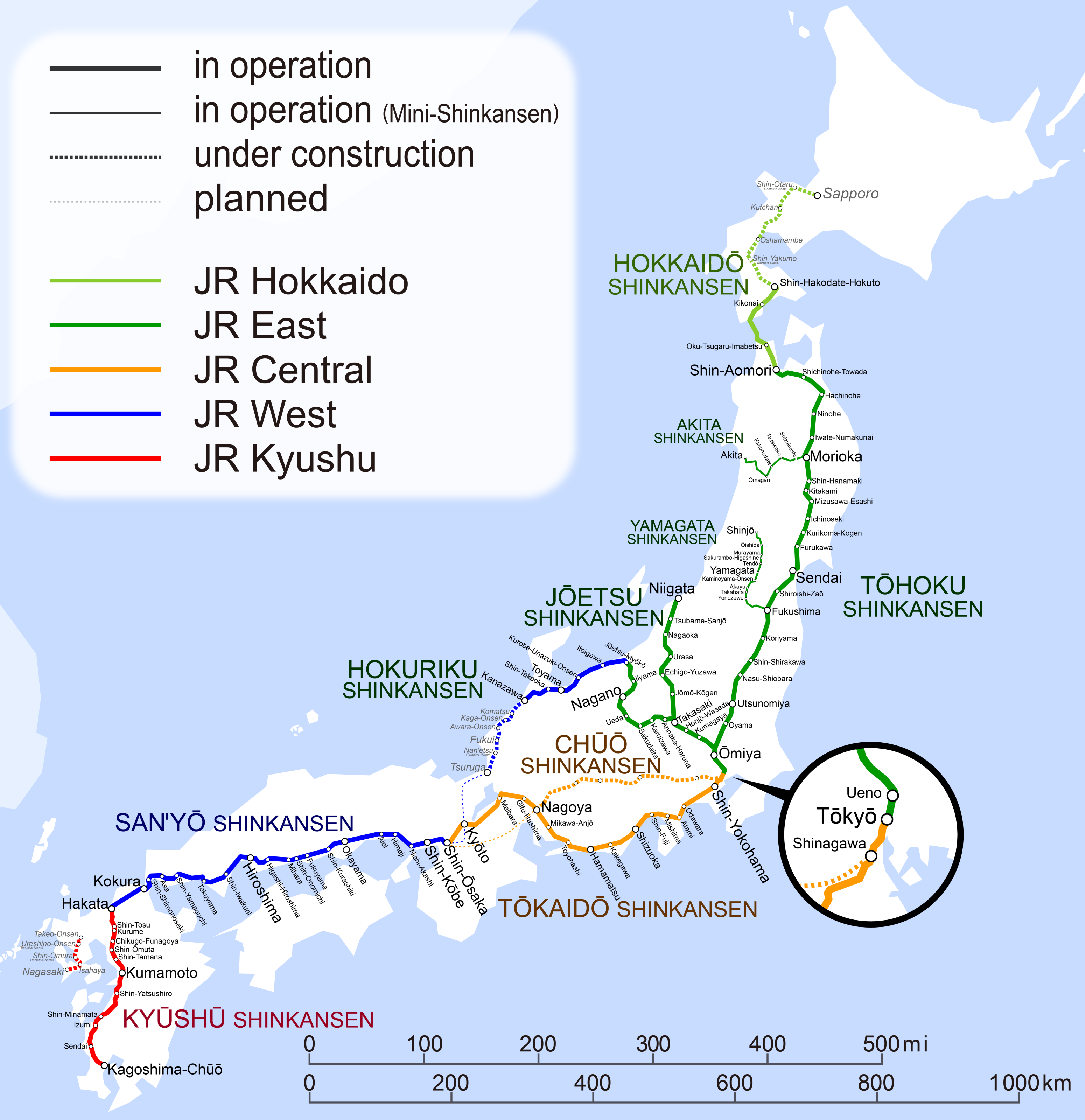The grade from Bayview ends at Hiway 52 at Copetown, a distance of 9.3 miles - more, actually, if you consider that a heavy freight train […………]
We just have to face it, there will not be potential for frequent passenger trains up this mountain, unless someone will spend billions to widen the right of way. Given terrain, that is simply not cost effective.
[………..]
- Paul
For reasons unrelated to the topic at hand, I really appreciate this breakdown of how the Dundas Sub works in this area.
………….
Apparently everyone is intent on skinning the cat here, which I was trying to avoid... But I’ve done too much crayoning for this… so I’ll be throwing my 200 cents in.
My posts allude to a set of solutions. These are not very ‘workable’ or ‘practical’ but little could be. This applies to any rail, not just HSR, but let’s get it out here.
Option 0. Brute force. Rebuild Bayview, force a single track into the Dundas Sub, and do an awkward back-in/out of Hamilton. Not worth it for intercity.
Option 1. Use CN Dundas, but rebuild CP’s (TH&B) Dundas line from the near-meet by Governors Rd. Gotta straighten two huge descending bends.
Problems: Reactivating a rail trail beside a creek, in a valley, with a new cut through Mineral Springs (rich people). Still need to work with CPKC, and still uses Bayview. Have fun.
Option 2. Build a third N/S ‘access point’ for lower Hamilton. Just east of Dundas by abt York Rd from CN’s line, via hydro corridor, along Cootes Paradise to Cootes drive/H&DER trail, continuing per Option 1.
Problems: Bayview, CN, CPKC, West Ham residents, and now scarring the RBG for a slow and circuitous routing. Yeah okay.
Option 3. Rebuild the beach Sub, diverting CN traffic off Bayview and using for through-running HSR. (I like this…).
Problems: Prob most expensive for a freight-usable bridge or tunnel. And it’s still quite a detour. You also still have the Fundas Sub.
Option 4. Tunnels. For billions, you can evaluate 20 options with innate scope creep. 5-10km will only offer DT, while needing double to clear Dundas Valley… which you can’t ignore.
Option 5. A highway alignment for entry/exit. Likely either the 403 or hwy 5 & 6, to a DT station of choice.
Problems: (1) entirely contingent upon grade tolerance. (2) Rails will be competing with the MTO for any potential deck-overs. Are we really going to triple-deck the 403? All for greenfield track atop the escarpment…
Station-wise, you have TH&B, WH/Liuna, Dundas Station, Dundurn Fortinos plaza (better location than name), Aldershot, or a new tunnelled DT station (see GO URBAN/ALRT). Say on York or Ferguson.
TH&B is locally constrained but best-located. WH/Liuna is a tad far, but that’s egregious if you’ve already spent billions to get here. ‘Dundurn’ is similar, tho better for local transit (LRT) today.
Dundas is on a grade, on the Dundas sub, at the very edge of the city. An LRT extension won’t save it. Better as GO, if at all.
Aldershot can work, but only if we (1) return the town to Hamilton (a hornets nest) and (2) go all-in on Chinese-HSR, airport-esque intermodality. RT is non-negotiable; I prefer an A-Line subway under the bay from James to Waterdown rd. Much crayon…
If we like Aldershot, I think a station near Hwy 6, likely within RBG lands, is better for proximity, transit links, distinction and aesthetics. I could believe it’s actually for Hamilton. But it is also a tight fit; the needed rebuilds will be for much more than just Bayview. Grab a gentle starchitect, then maybe…
Anyway, this is starting to get quite off topic for the actual Alto corridor. But the absurdity presented is precisely why the answer for Hamilton will require a Hamilton-centric solution; you can’t afford to spend the money on anything like these, and *not* achieve multiple long-term goals for the area at once in return. Luckily, there’s enough places bottlenecked by the city’s barriers to vastly broaden the benefits. And, a Niagara-bound HSR requires far less.





